Exploring the engineering marvel of the Great Aqueduct that linked ancient Carthage to the water sources of Mount Zaghouan is a captivating journey through Tunisia’s storied past. This remarkable Roman achievement spanned over 130 kilometers, delivering fresh water to the bustling city. Along the way, visitors can uncover architectural gems like the Antonius Baths and the Temple of Water, offering glimpses into the sophistication of Roman hydraulics and urban planning. Whether you’re a history buff or simply seeking an immersive cultural experience, tracing the aqueduct’s path promises to reveal the rich tapestry of Tunisia’s heritage.
Good To Know
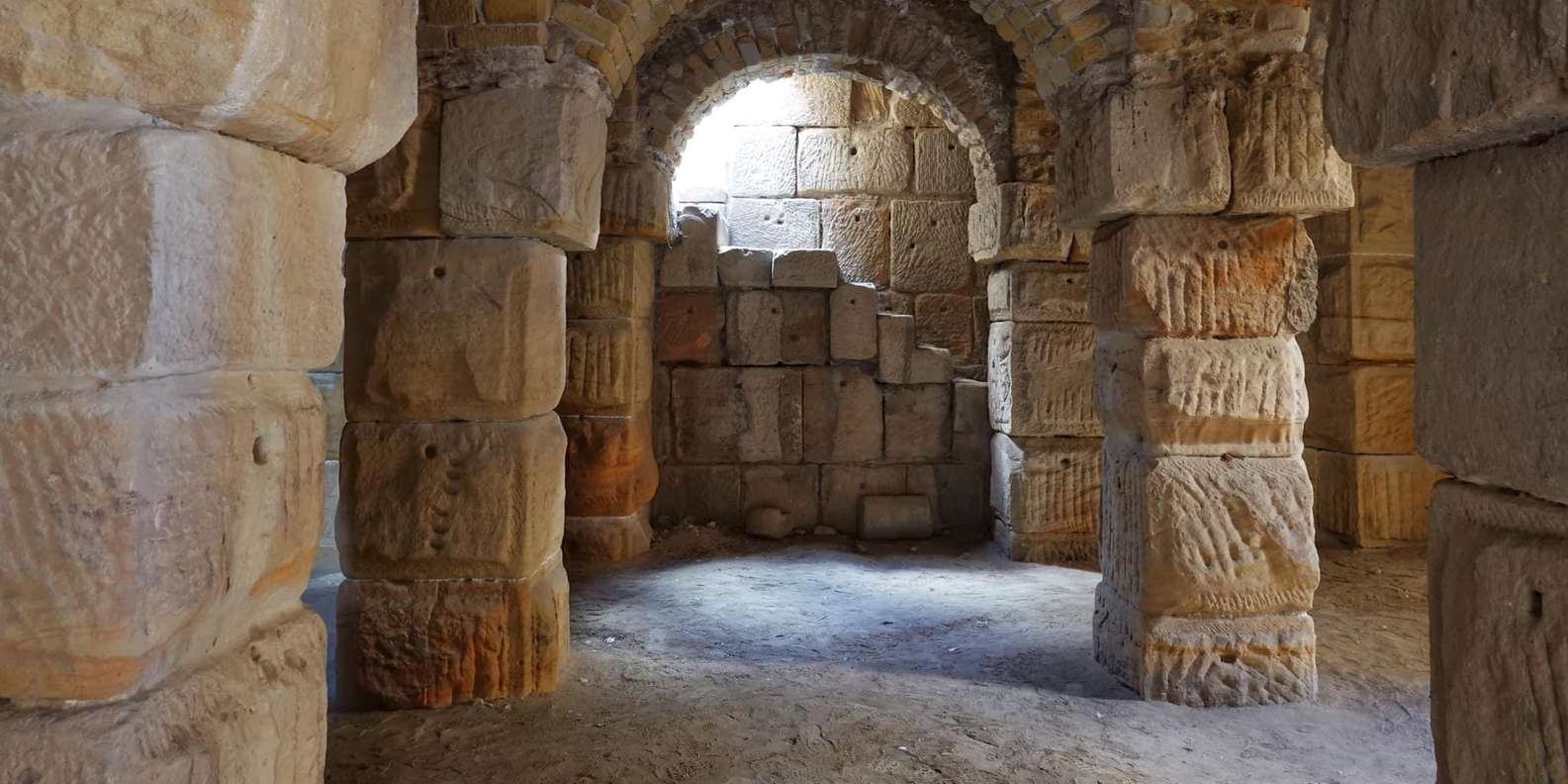
-
The Carthage Aqueduct, constructed during the Roman Empire, spanned over 130 kilometers, making it the longest aqueduct in ancient times.
-
The aqueduct’s engineering marvel, the Temple of Water at Zaghouan, showcased the Romans’ advanced understanding of water management and resource allocation.
-
The well-preserved ruins at Oudhna, including a standing colosseum and luxurious baths, provide insights into the architectural sophistication of the Roman Empire.
-
The tour’s accessibility features, such as wheelchair accessibility and multilingual live guides, ensure a seamless and inclusive experience for visitors.
-
The opportunity to savor traditional Tunisian cuisine, such as mechoui, complements the historical exploration, offering a culture.
Exploring the Aqueduct’s History
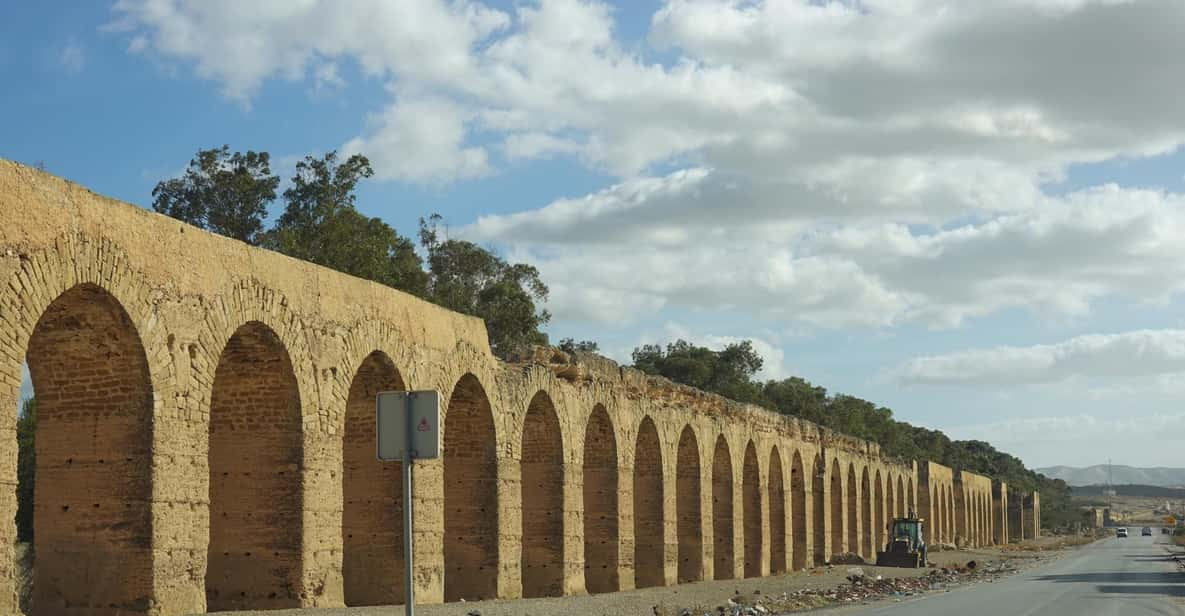
The Carthage Aqueduct‘s origins date back to the 2nd century AD, when the Roman Empire ruled over North Africa.
Constructed to supply Carthage with fresh water, the aqueduct was an engineering marvel that stretched over 130 kilometers, making it the world’s longest such structure in ancient times.
The aqueduct was fed by natural springs at Mount Zaghouan, and its impressive arches and tunnels traversed the challenging terrain between the mountain and the coastal city.
Today, visitors can explore the aqueduct’s impressive remains, marveling at the Romans’ advanced hydraulic engineering and the system’s enduring legacy.
Architectural Marvels Along the Way
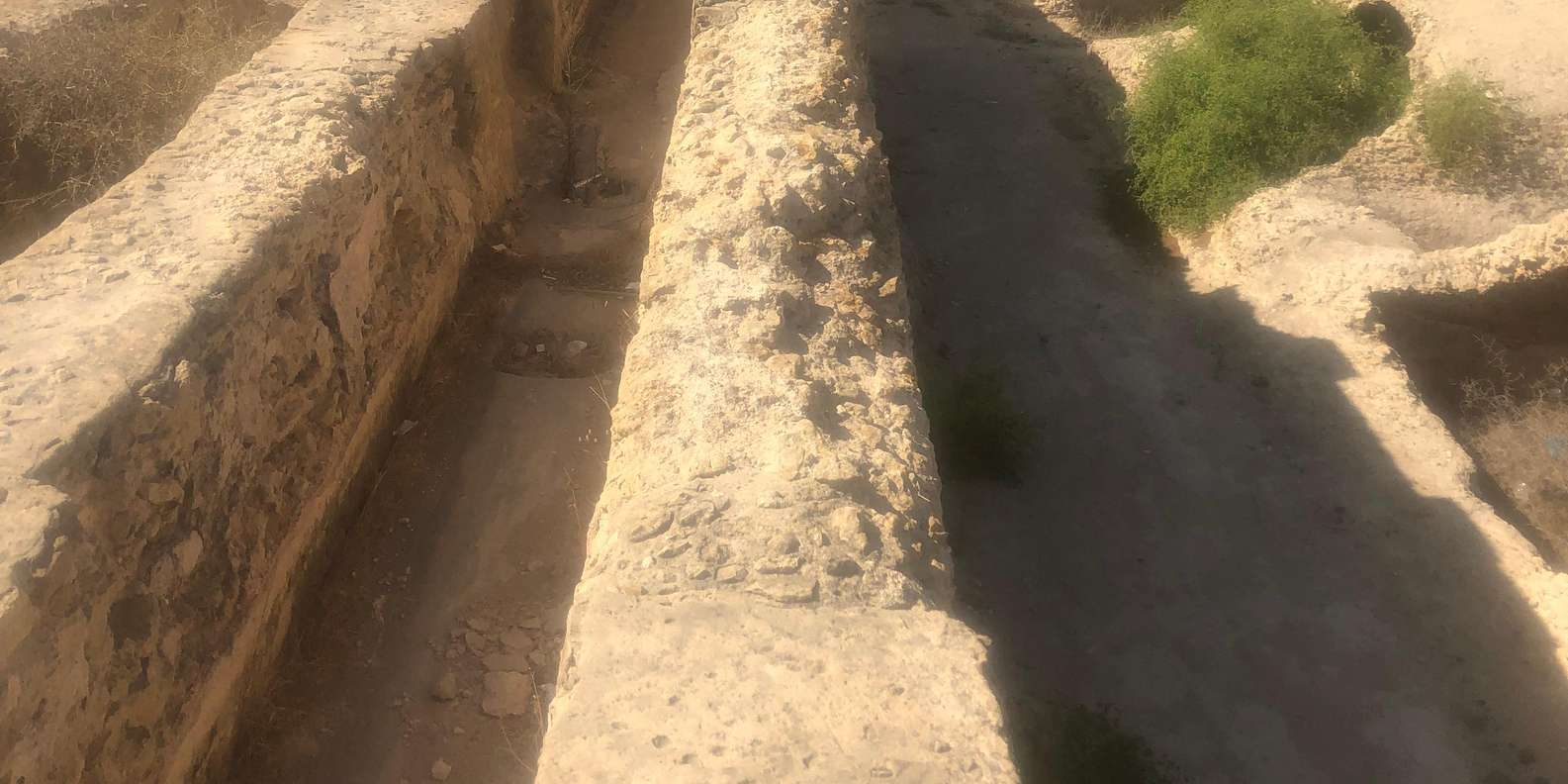
Along the aqueduct’s impressive 130-kilometer span, visitors encounter several architectural marvels that showcase the Romans’ engineering prowess. The Antonius Baths, located in Carthage, feature intricate mosaics and a well-preserved bathing complex. Further along, the ancient Roman city of Oudhna boasts a standing colosseum, an impressive Capitol, and luxurious houses and baths that transport visitors back in time. One of the most remarkable sites is the Temple of Water at Mount Zaghouan, an engineering marvel that once supplied fresh water to the city of Carthage.
| Site | Architectural Highlights |
|---|---|
| Antonius Baths | Intricate mosaics, well-preserved bathing complex |
| Oudhna | Standing colosseum, impressive Capitol, luxurious houses and baths |
| Temple of Water, Mount Zaghouan | Engineering marvel that supplied water to Carthage |
Discovering Oudhna’s Roman Ruins
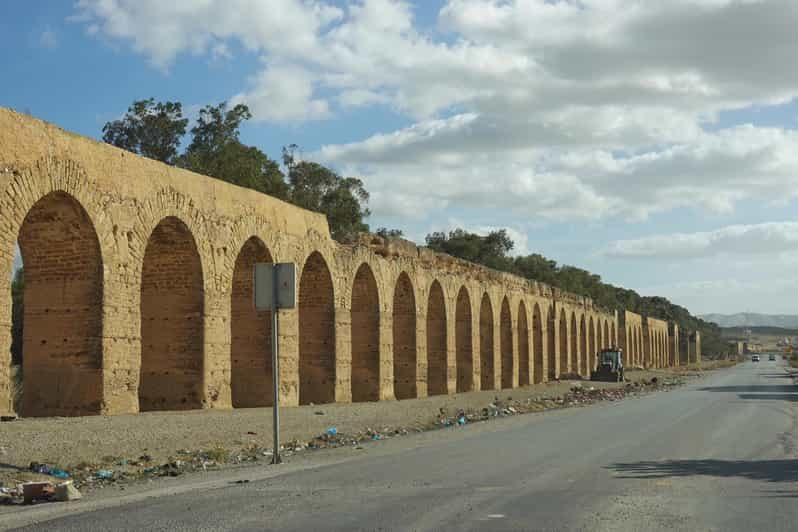
Visitors exploring the ancient Roman city of Oudhna step back in time, captivated by the well-preserved ruins that dot the landscape.
The site boasts a standing colosseum, an impressive Capitol, and luxurious houses and baths. Travelers can marvel at the architectural feats of the Romans, who engineered this bustling city over 2,000 years ago.
Wandering through the ruins, visitors can envision the daily life and activities that once took place here. The tour provides an immersive cultural experience, allowing guests to gain a deeper understanding of Oudhna’s rich history and the technological advancements of the Roman Empire.
The Temple of Water at Zaghouan
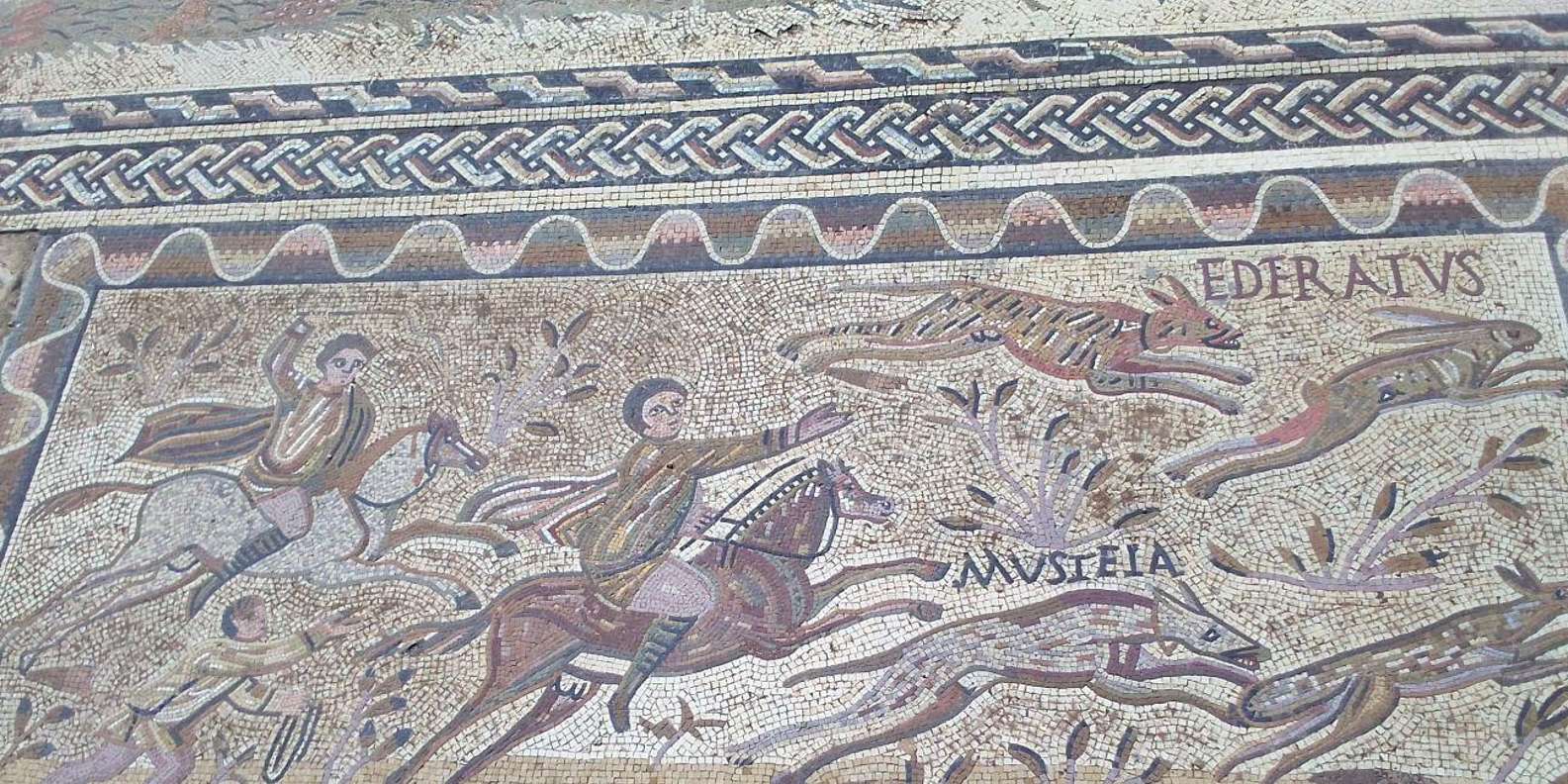
Atop Mount Zaghouan stands an awe-inspiring Temple of Water, a testament to the Romans’ mastery of hydraulic engineering. This temple was the source of the aqueduct, supplying fresh water from the mountain’s springs to the ancient city of Carthage.
Visitors can explore the well-preserved ruins and marvel at the architectural feats that made this engineering marvel possible. The temple’s intricate design and strategic placement on the mountain demonstrate the Romans’ deep understanding of water management and their commitment to providing essential resources to their settlements.
Today, the Temple of Water stands as a reminder of the ingenuity and foresight of this ancient civilization.
More Great Tours NearbyExperiencing Tunisian Barbecue and Culture
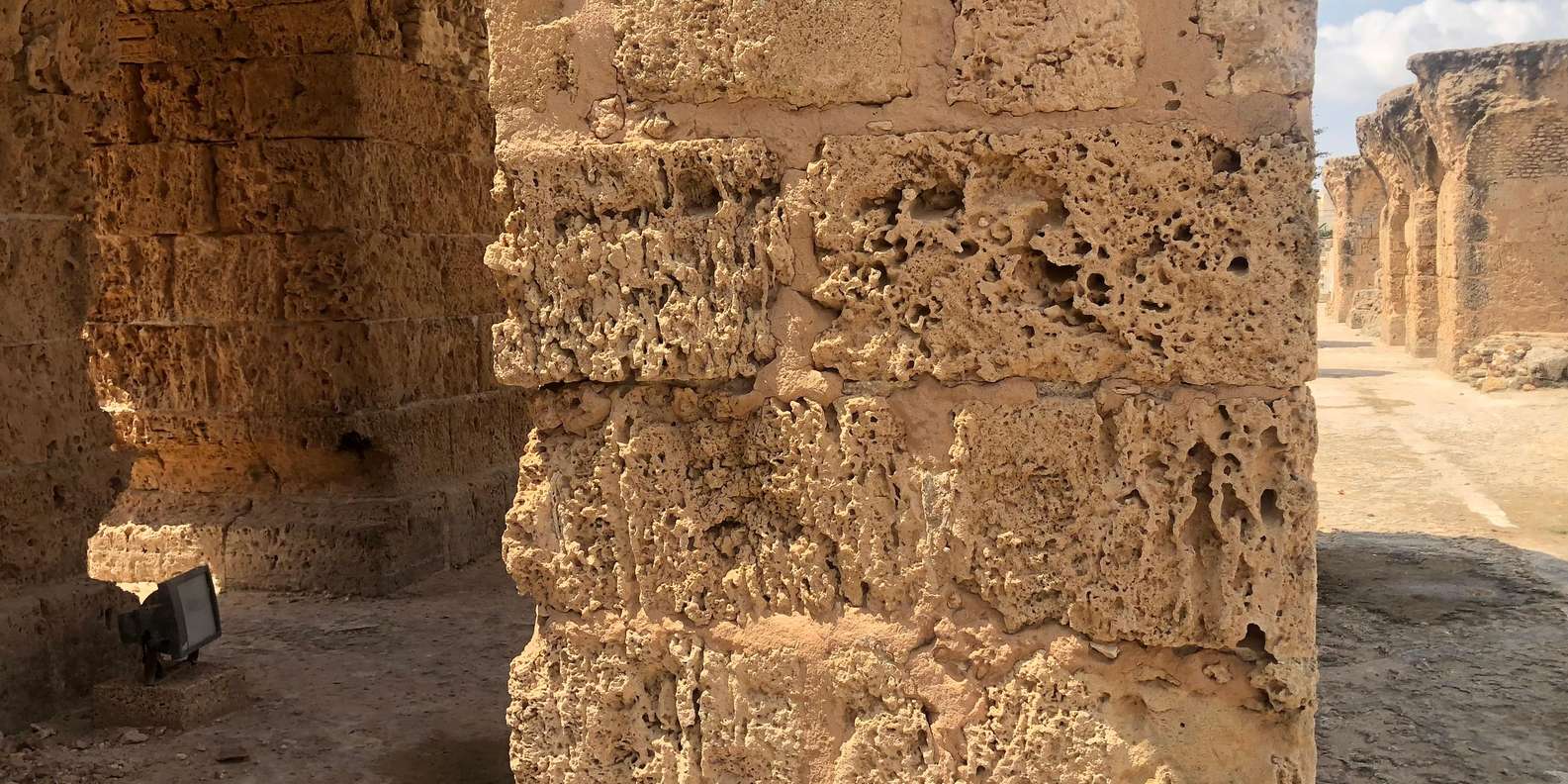
As the tour progresses, travelers can expect to savor the flavors of a traditional Tunisian barbecue, known as mechoui. This cultural experience allows visitors to enjoy the local cuisine and customs. The mechoui is typically slow-roasted lamb or goat, seasoned to perfection and served with a variety of accompaniments.
| Mechoui Accompaniments |
|---|
| Couscous |
| Harissa |
| Zaalouk |
| Lablabi |
| Salade Tunisienne |
Enjoying this authentic Tunisian meal amidst the ancient Roman ruins and aqueduct provides a unique blend of cultural and historical perspectives, truly enriching the overall tour experience.
Accessibility and Transportation
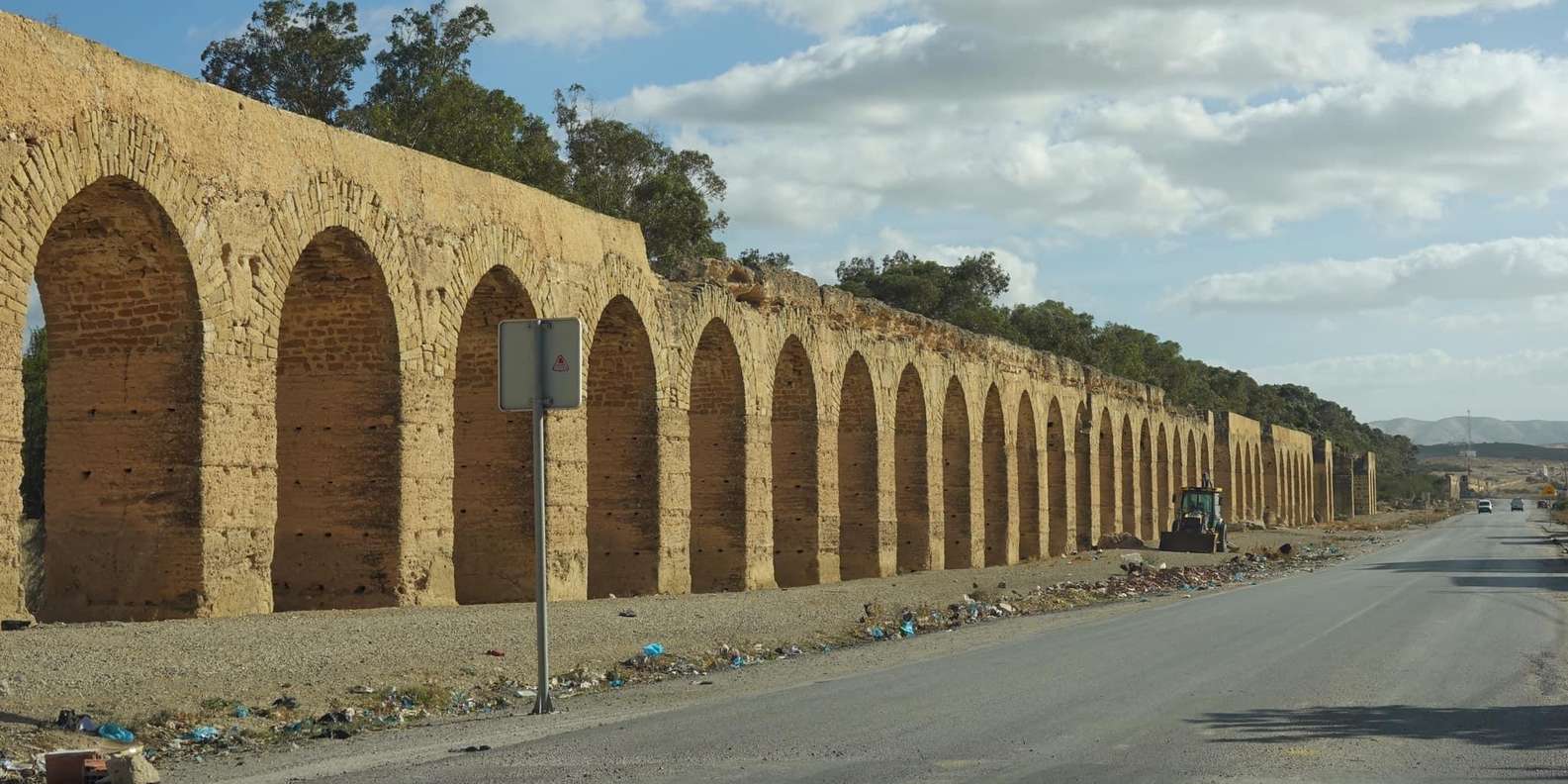
The tour includes hotel pick-up, entry fees, and transportation, ensuring a seamless and convenient experience for all participants.
The tour is wheelchair accessible, allowing individuals with mobility challenges to fully enjoy the historical sites.
The live tour guide is available in English, French, Italian, and Arabic, catering to a diverse range of visitors and providing a personalized culture.
The well-organized transportation and accessibility features of this tour make it an attractive option for those seeking a hassle-free exploration of the remarkable aqueduct and its surrounding Roman ruins.
Language Options and Tour Guide
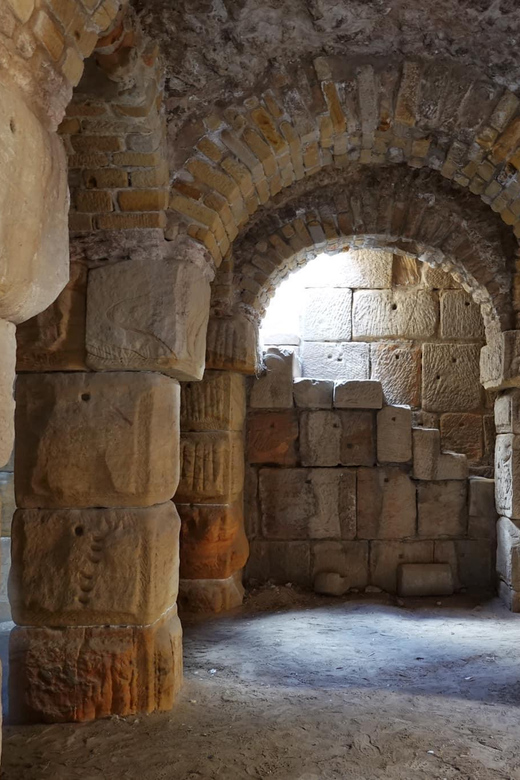
A key advantage of this tour is the availability of live tour guides fluent in multiple languages.
Visitors can experience the Great Aqueduct and other ancient wonders with guides proficient in:
- English
- French
- Italian
- Arabic
This ensures that guests from diverse linguistic backgrounds can fully engage with the tour and comprehend the rich history and engineering feats of the site.
The knowledgeable guides provide insightful commentary, answering questions and sharing their expertise throughout the journey.
This multilingual capability enhances the culture and accessibility of the tour, catering to the needs of a global audience.
Cancellation and Booking Policies
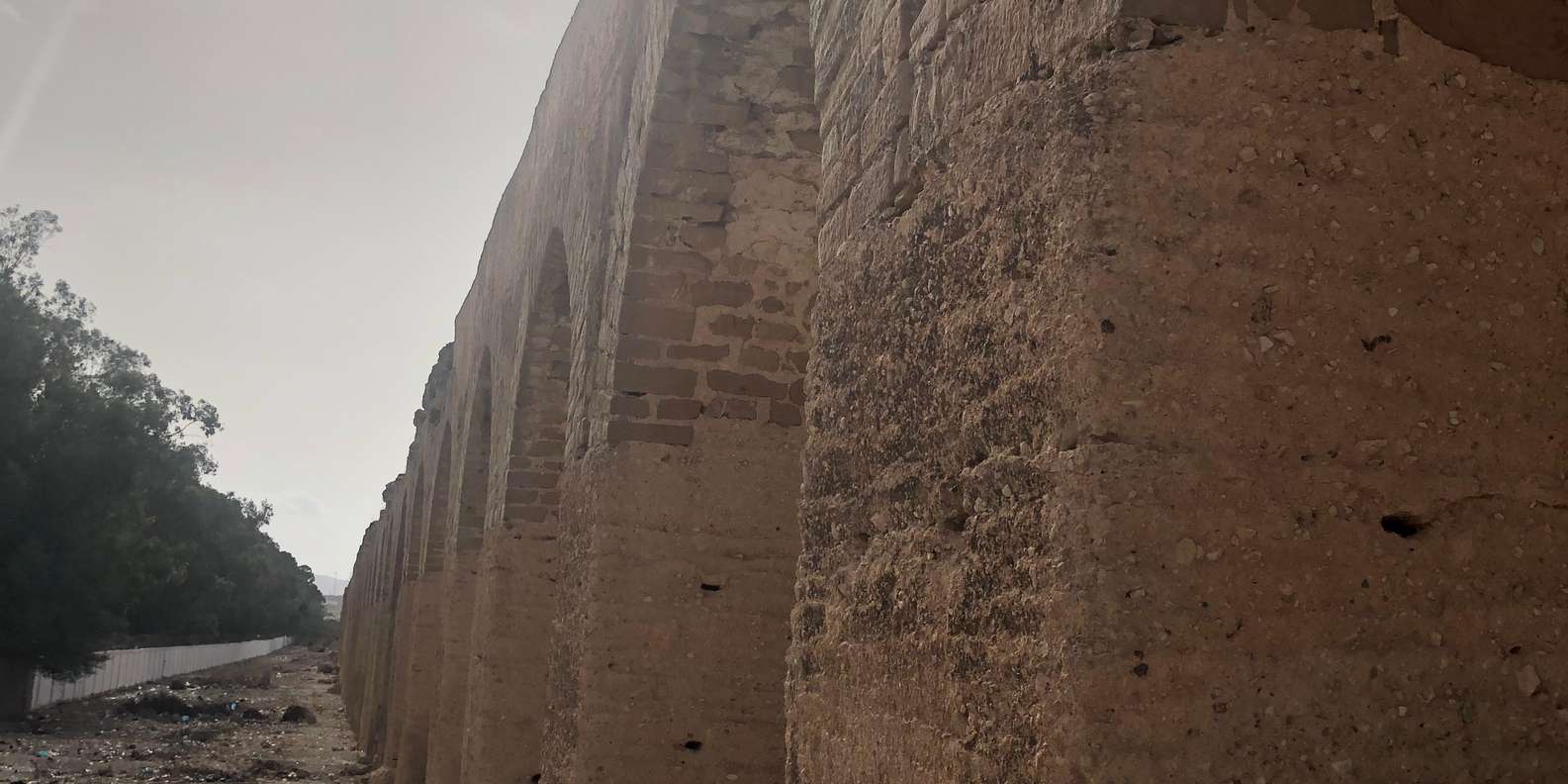
Visitors can take advantage of the tour’s flexible cancellation policy. Cancel up to 24 hours in advance for a full refund. Plus, the tour offers a "Reserve now & pay later" option, allowing guests to book their spot without paying anything upfront. This makes planning a breeze and provides financial flexibility.
| Cancellation Policy | Reservation Policy |
|---|---|
| Full refund if cancelled 24 hours in advance | Book now, pay later |
| No refund for cancellations within 24 hours | No upfront payment required |
The tour’s private group experience and competitive pricing make it an attractive option for those seeking a personalized and budget-friendly way to explore the historical aqueduct and Roman ruins.
Frequently Asked Questions
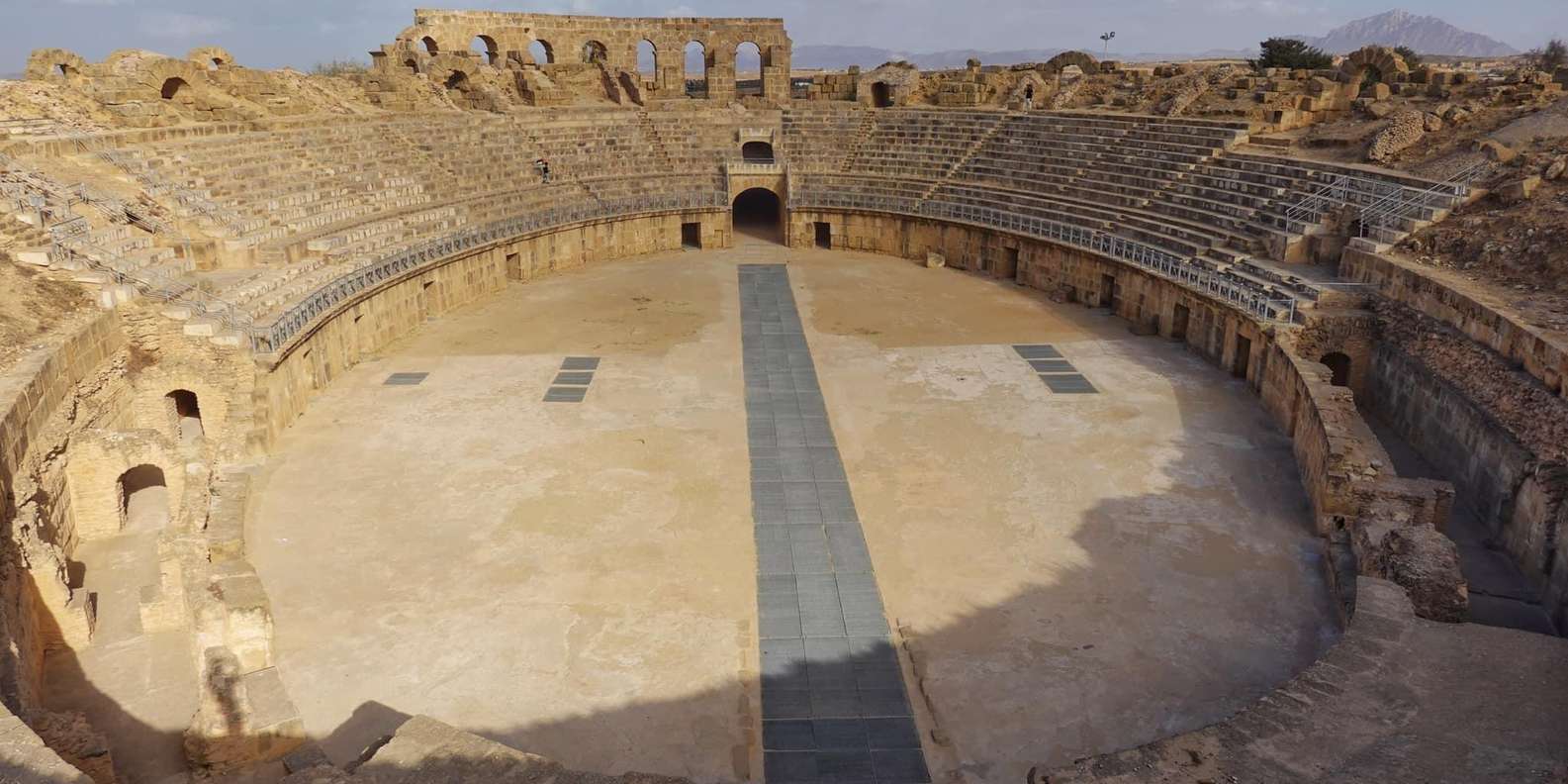
Are Children Allowed on the Tour?
Yes, children are allowed on the tour. The tour is private and accommodates groups of up to 3 people, including children. However, it’s advised to check with the tour provider for any specific policies or restrictions regarding minors.
Can I Bring My Own Food and Drinks?
Guests are welcome to bring their own snacks and beverages on the tour. However, a Tunisian barbecue lunch is included in the tour price. The tour operator recommends enjoying the local culinary experience provided.
Is There a Limit on the Number of Participants?
The tour allows up to 3 participants per group, so there’s no limit on the number of participants. You can book the private group experience and bring as many as 3 people along.
Can I Customize the Tour Itinerary?
Yes, you can customize the tour itinerary. The private group experience allows you to tailor the tour to your interests and preferences within the 7-hour duration, subject to availability and guide approval.
Do I Need to Bring Any Special Equipment?
You don’t need any special equipment for this tour. The tour includes transportation, entry fees, and a live guide who’ll provide all necessary equipment and information. Just bring comfortable walking shoes and be ready to explore the ancient aqueduct.
The Sum Up
The Great Aqueduct from Carthage to Zaghouan offers a captivating journey through ancient Roman engineering. Visitors can explore architectural highlights, discover Roman ruins, and experience Tunisian culture along the way. With its rich history and practical transportation options, the aqueduct provides an immersive experience for those seeking to explore the region’s past. Whether you’re a history buff or simply seeking an adventurous day out, tracing this remarkable structure is a must-do activity.
You can check availability for your dates here: